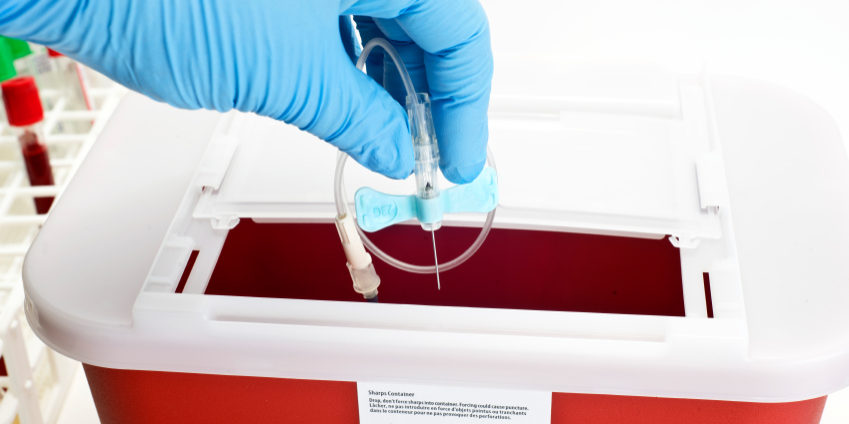Health
Treatment options for hip fracture

Rehabilitation for hip fracture surgery begins as soon as feasible following the procedure, and is frequently completed within a day.The primary goals are to assist people in regaining the degree of strength that they had already to the break and to prevent difficulties that can arise as a result of being confined to bed. The main objective is to recover patients’ right to move in the same manner as they did before the fracture. There are many treatment options and one among those is hip fracture physiotherapy.
People should be encouraged to sit at a desk as quickly as possible after surgery, often within hours after the procedure. Sitting lowers the incidence of pressure injuries and blood clots while also making the transition from sitting to standing easier. They are instructed to perform daily exercises to build the spine and stabiliser muscles, and they are occasionally instructed to perform activities to improve the major muscles in both thighs and calves.
They are generally urged to walk on the undamaged leg during the first day of surgery, frequently with the help of a professional or even while hanging onto a table or a side rail. Individuals are instructed to just touch the ends of the toes of the affected leg to the floor while performing these exercises, according to the instructions. Although it is often recommended that patients put their entire weight on the wounded leg on the next day after surgery, this is dependent on the type of fractures and repair performed.

Trying to assist you in regaining your mobility and assisting you with your discharge from the hospital by offering an appropriate amount of assistance is our goal from a physiotherapy standpoint. In most cases, you will be in the institution for approximately one week. However, some people may require a little more time to achieve their goals.
In order to diagnose a hip fracture, a health practitioner must first obtain a thorough history of the occurrence, followed by a medical assessment. In order to validate the findings and analyse the damages, a cross will be done to assure that no neighbouring structures are harmed. Therefore an MRI scan might well be recommended to determine the cause of the problem.
It is possible that bed rest will be suggested for several days following the use of help to sit and move. An appropriate rehabilitation plan can be implemented after the fracture has recovered.






